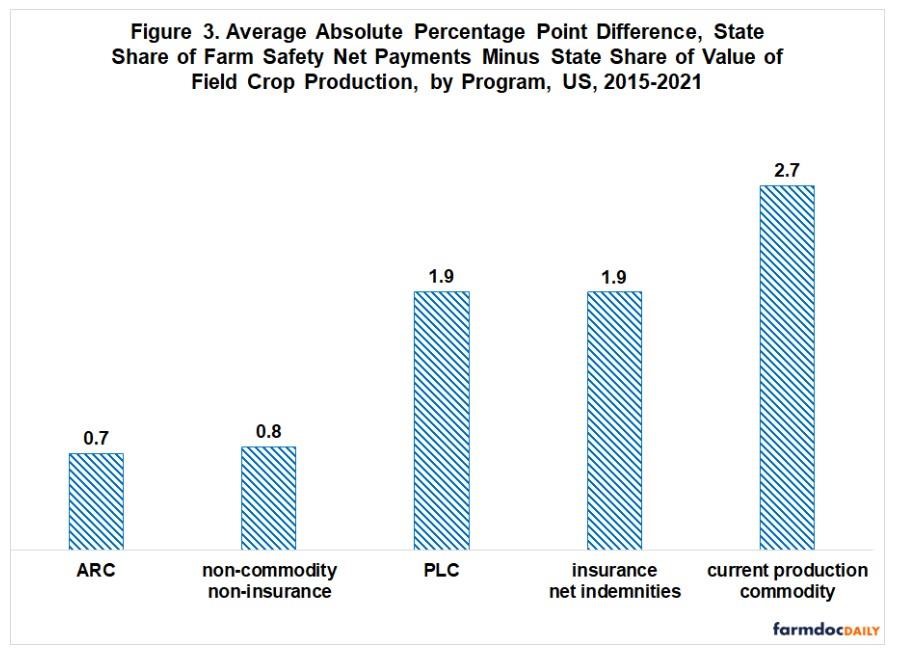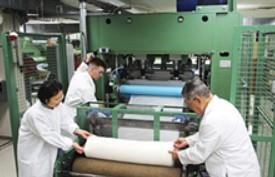By Tim Ellis
Unseasonable weather has cut Alaska’s hay harvest in half and sent the price of feed soaring, making it difficult for farmers and livestock producers who were already struggling with high fuel and fertilizer prices. State and federal experts are advising Alaska farmers to expect continued unusual weather, and they’ve scheduled workshops next month to help farmers plan for the new normal.
Heavy snowfall last winter delayed Delta Junction-area farmers from getting their hay crops in the ground last spring by at least two weeks. And then, it warmed up.

“All that snow that we had — man, it just disappeared,” says UAF Cooperative Extension Service agent Phil Kaspari. “It went from all that snow to pretty dry, quite quickly.”
Kaspari says that was followed by warmer-than-usual early summer weather in both the Interior and the Mat-Su, the state’s biggest agricultural areas, and then a wetter-than-usual July and August, especially in southcentral.
“So they had a really tough haying season,” he said, “and the long and the short of it is there’s a serious lack of forage and, unfortunately, grain for feeding livestock.”
Kaspari, who’s based in Delta, says farmers were already were facing high fuel and fertilizer costs when the summer began. Alaska Farm Bureau board President Scott Mugrage says he paid 40 percent more for those commodities this spring, and got only about half of last year’s yield during his first hay harvest in late June.
“So the fertilizer and fuel going up and the amount of yield going down was kind a two-fold kick, y’know?” he said.
Mugrage grows feed and raises livestock at his Delta-area farm, and he says it was a tough year for grains, too. He says he harvested only about half of the barley and oats that he anticipated.
“And that was due to the dry weather, plus an early frost that we had back in late July,” he said.
Kaspari says the low supply and high cost of feed and other necessities forced many producers to reduce their herds by slaughtering livestock, putting more strain on the industry.
“Because when you starting eliminating breeding stock, it takes years to build these herds back up,” he said. And that hurts the farmers who grow the feed.

Scott Mugrage grows hay, barley and oats on his farm, and uses some for his cattle and sells the rest. (Courtesy Mugrage Hay & Cattle)
“The livestock industry is the economic engine for so much of what Alaskan agriculture is all about — providing feed for that industry,” he added.
Farmers have always operated on slim margins and relied on good weather — or at least predictable weather. But climate change has altered those patterns. And researchers now believe a long-term drying trend is under way in the state.
“Alaska is an area where we’re experiencing drought,” says Jodie Anderson, the interim director of the University of Alaska Fairbanks Agricultural and Forestry Experiment Station. She says dry weather is especially hard on plants that are beginning to spout. And it’s a problem for so-called dry-land farming, a type of cultivating that doesn’t require irrigation — which, until recently, worked pretty well.
“Here in Alaska, we dry-land farm, but we get plenty of moisture from the atmosphere — the natural patterns,” she said. “And those are changing. And we’re going to have to start irrigating.”
Some farmers around the state do irrigate, but Anderson says it’ll likely have to done more widely to grow more food for both livestock and humans. She says state and federal agencies haven’t formally declared a drought in Alaska. But she says researchers with those agencies will talk about the problem in workshops to be held on November 14 in Delta and Nov. 16 in Palmer.
“It’s an opportunity for education so that farmers can maybe farm a little smarter to manage their water better, so that even in dryer times, they’re still going to be OK,” Anderson said.
The workshops will feature presentations by representatives of the UAF Cooperative Extension Service and the federal Natural Resources Conservation Service and Agriculture Department’s Northwest Climate Hub, as well as the National Drought Mitigation Center.
Anderson says the workshops are intended mainly for farmers and others in the agriculture industry. But members of the public may virtually attend the meeting in Palmer over the online Zoom platform.
Click here to see more...